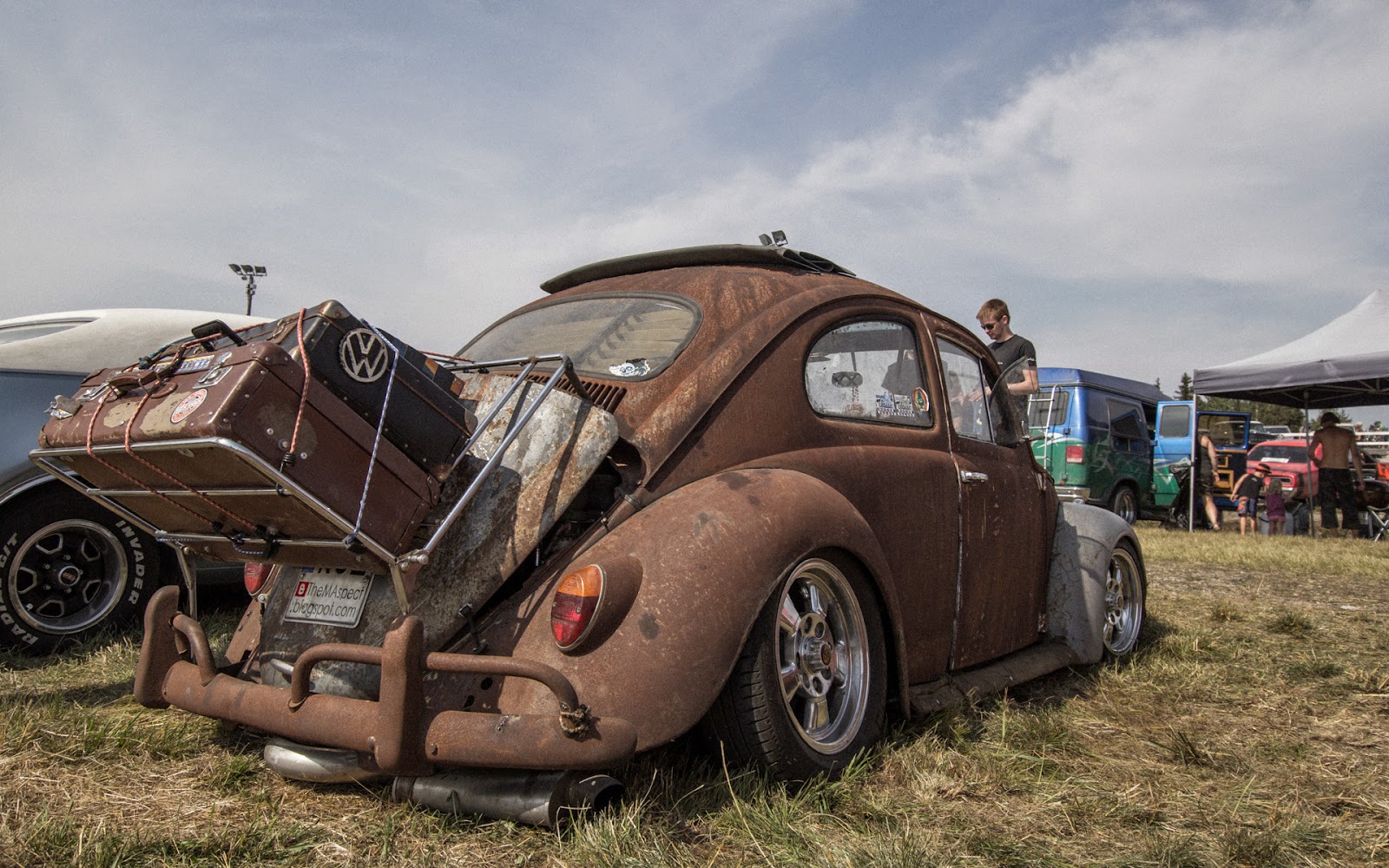One of the most scary parts of the project has been done. I have some bad memories from last year when I had to Unwrap UVW for the interior of the Stiletto. I started with the steering wheel since the material are divided so that it makes selection easier. For some reason all the selection tools are not working with Unwrap UVW modifier.
What is unwrapping? It's telling the program how to map the textures and materials of the objects'. Imagine you had a piece of leather and a ball. If you had to wrap the leather around the ball you would have to make cuts to the leather somewhere, wouldn't you? It's the same thing basically. Click here for a short tutorial about the subject.
I took a couple photos in the Pick Nick car event (see last post) of car interiors. I used a photo of a leather of a Corvette seat and turned it into a tileable pattern in Photoshop. That would do the job for the diffuse map. Then I turned the diffuse map into a bump and glossiness map using curves and levels. Got to say the result is pretty neat. The base was Arch&Design material. For the brushed aluminium I used the Iray-material and tweaked the brushed aluminium preset a bit. I added a map into the reflection coating the make the brush strokes visible. You can see both the material in a closeup below.
I made the gauges a bit smaller and pushed them further back. They were a bit too much on-show like you see in this render.
Once I was happy with the interior (the roof of the interior still needs to be done) it was time to spend some time thinking how I would like the headlights to turn out. I took a render of the front and then rendered a couple different headlights with Photoshop. Got to say the second one is a bit too futuristic for a car with classy lines like this. Oh, and look a that front spoiler-thingy. It's gotten itself a carbon fibre cover.




















